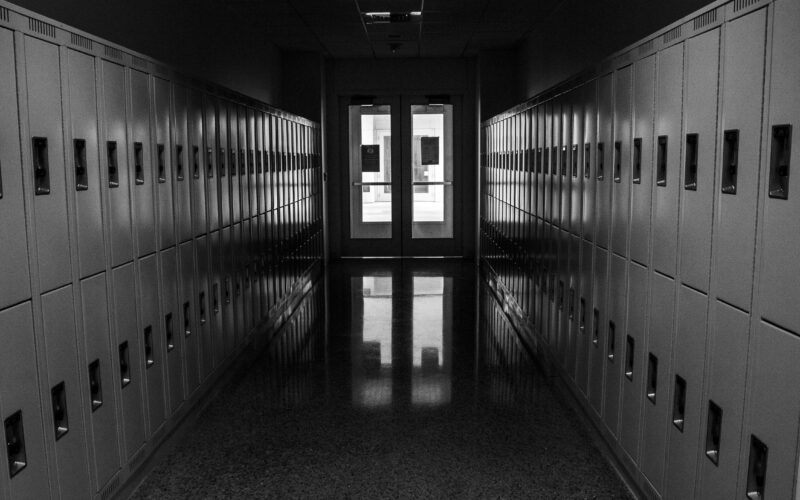In today’s schools, the need for student mental health support is clearer than ever. You see it when a child withdraws in class or shows up looking overwhelmed. You sense it in a parent’s worried voice. But how do you create a nurturing environment that genuinely helps every child thrive? Below, you’ll find practical ways to strengthen the mental and emotional safety nets in your school.
Recognize the deeper challenges
Everyone on campus faces different pressures. Students juggle academic goals, relationships, and personal issues all at once. Sometimes, stress moves beyond “normal jitters” and becomes a serious threat to well-being.
- Look for indicators: sudden drops in grades, changes in behavior, or increased absences may be signs of distress.
- Trust your instincts: if something seems off, check in with the student or coordinate with a counselor.
Identifying the roots of these challenges is a big first step in providing targeted student mental health support.
Create a supportive culture
When students feel safe opening up, they’re more likely to seek help for emotional struggles. Fostering this level of trust goes beyond the counselor’s office.
- Encourage open conversation: simple questions like “How are you feeling today?” can lead to honest discussions.
- Invite peer support: set up buddy systems or group activities that let students help each other.
A culture of acceptance also means reducing mental health stigma in schools. When you and your staff model empathy and understanding, students will follow suit.
Equip your staff fully
Your staff, from teachers to administrative personnel, often have the closest daily contact with students. Make sure they’re prepared to handle mental health concerns with confidence.
- Provide training sessions: offer workshops on spotting signs of anxiety and depression. For added guidance, share relevant school counselor resources.
- Develop action plans: empower teachers to create quick “check-in moments” during classes or homeroom time. Have clear steps for referral if a student needs extra support.
Trained staff can intervene early and connect students to the right services, including youth mental health services when necessary.
Offer accessible resources
Physical and digital resources can remove many barriers for students who need immediate help. Ideally, these resources are easy to find and free of judgment.
- Post key information: let students know exactly where to go if they feel stressed or anxious. Share hotline numbers and community resources on posters and bulletin boards.
- Suggest practical tools: direct them to coping strategies for students that they can try at home or in between classes.
Because everyone learns differently, consider multiple formats like printed flyers, websites, and short videos to ensure no one is left out.
Address stigma head-on
Some students fear being labeled or judged. That fear alone can stop them from speaking up. To fight that, highlight success stories where individuals overcame issues with the right support.
- Host open forums: invite speakers who discuss mental health openly. Personal stories can normalize the conversation.
- Reinforce positive language: remind teachers, students, and parents to avoid terms that trivialize mental health struggles.
Breaking down stigma encourages students to proactively care for themselves and each other.
Summing it up
You have the power to reshape how mental health is viewed and supported in your school. By recognizing deeper challenges, nurturing an open culture, training your staff, and providing resources every step of the way, you build an environment where students feel seen and heard. Even small adjustments, like asking a simple check-in question or sharing a helpful resource, can make a huge difference. Try weaving these practices into daily routines, and watch your school community become a brighter, healthier place for every learner.



